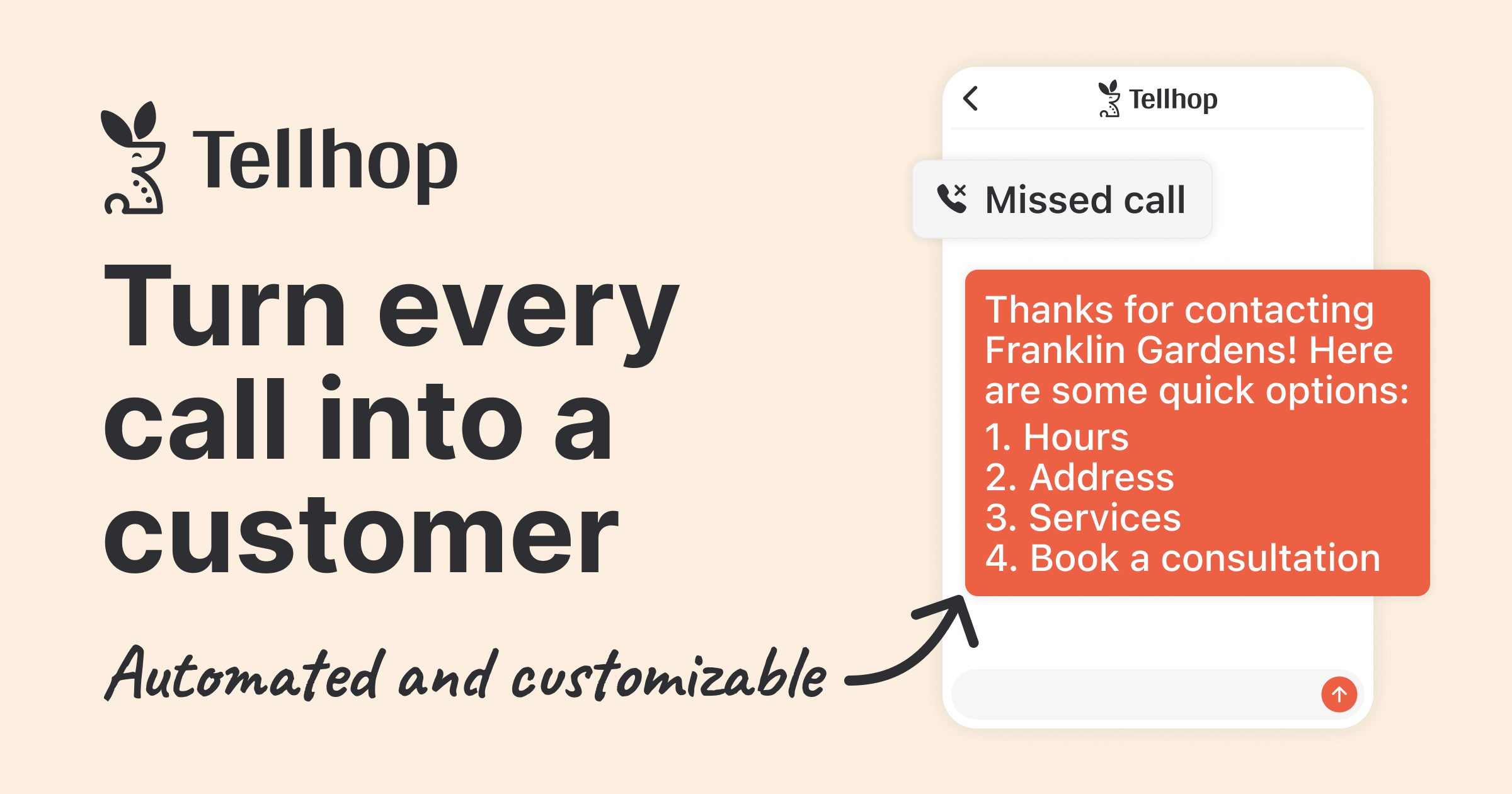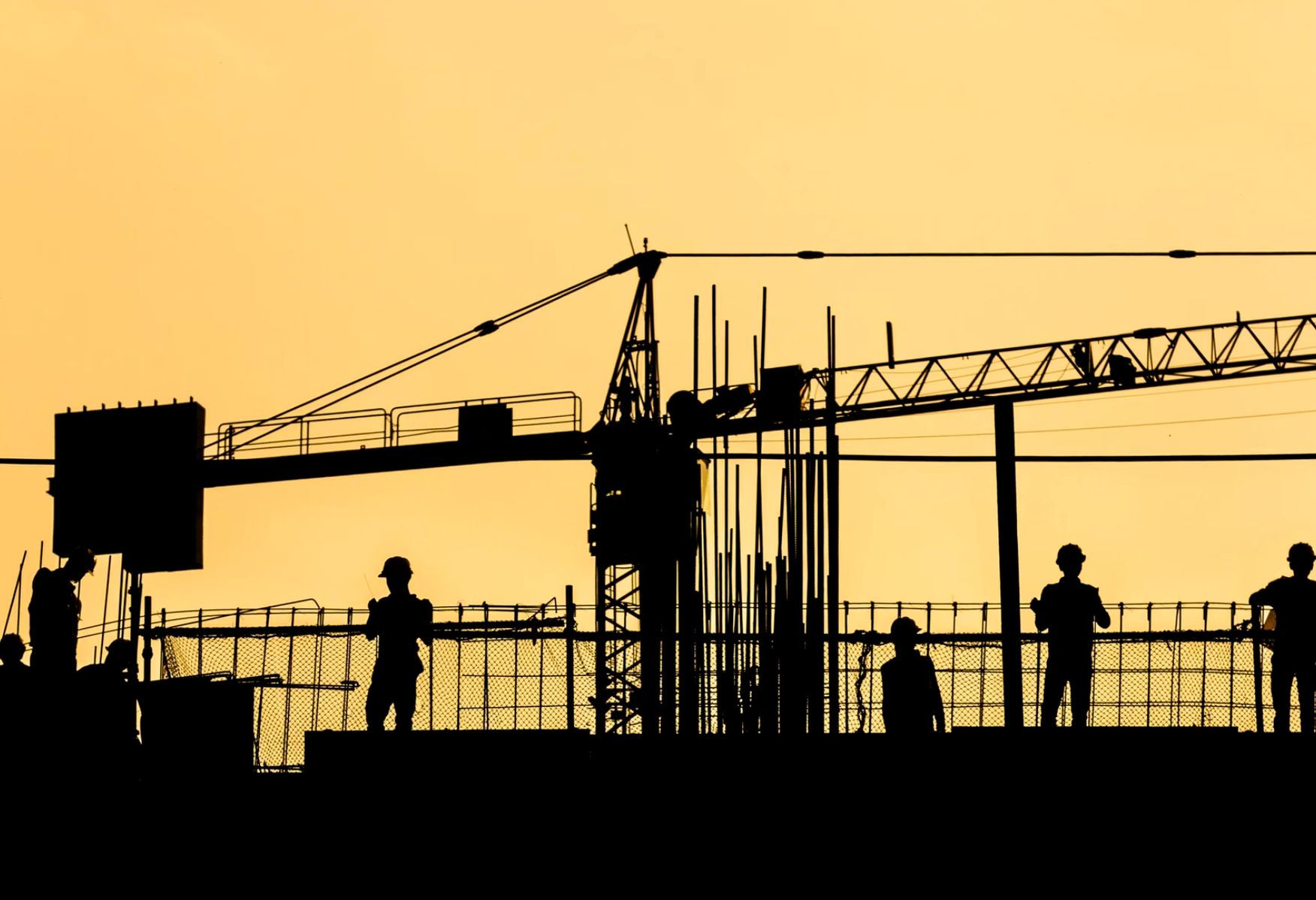Construction communication matters, and in this article, we’ll dive into why this is and how you can incorporate some best communication practices into your time at work.

Nothing in the construction field comes easy — communication included. And even if words sound like the least of your problems while you’re building a house, they’re actually one of the most important pieces of “equipment” on the job site. Construction communication matters, and in the article below, we’ll dive into why this is and how you can incorporate some best communication practices into your time at work.
First, let’s take note of all of the different people that can be involved in construction communication. Just the number of involved individuals can give you a glimpse into why these conversations can be so difficult to accomplish:
- Construction manager
- Architect
- Estimator
- Expeditor
- Foreman
- Supervisor
- Subcontractors
- Engineer
- Plumber
- Electrician
- HVAC technician
And these are just some of the roles involved in communication in construction. More people can always be added on when projects become larger, more complicated, or simply more specific than the average job.
Before we dive in too much further, it’s also important to note the main reasons why construction communication is so essential. The top two causes are:
- Safety
- Efficiency
If you think about it, these two assets are central in every task you complete — no matter how small or large it may be. You need to make sure every member of your team is kept safe, and you’ll end up on a better note if things are done quickly, correctly, and on budget, too.
And safety is harder than one may think to achieve. In fact, the rate of job site injury in the construction field is 71% higher than any other industry.
As far as efficiency goes, let’s construction industry statistics speak for themselves in the table below:
With so much time lost to communication-related causes, it would be incredible to see what your team is truly capable of without these challenges in place.
You might even discover this work fashion by implementing the following construction communication tips in the post below (if you haven’t done so already):
Include Everyone in the Conversation
When it comes to ensuring your project runs smoothly, you need to ensure that every person on the job site knows what they should be doing each day.
Sounds simple enough, right? But your experience in the field likely reminds you that this process has plenty of obstacles. This includes language barriers, status concerns, project organization, and personal challenges.
Language barriers
With the construction industry being so diverse, language barriers tend to pop up more than one might expect. Workers may speak little-to-no English, while this is the only language you speak.
They may also speak English well, but might miss certain statements or requests that have colloquialisms in them.
Status concerns
When you’re working in construction management or similar supervisory roles, you will likely have several groups of people to speak with each day — think clients, suppliers, subcontractors, higher ups, etc. You need to ensure that the same information is given to each project participant.
Construction communication errors will arise if subcontractors don't know the details you were given, and confusion will appear if only the workers understand the game plan.
Other issues like incorrect materials, client concerns, and more can come from a lack of understanding.
Project organization
If you run more than one project at a time, you have a lot of information going in and out each day. It can be difficult to keep documents and requests organized by project. If the wrong information is given to the wrong team, it can lead to serious mishaps on the job site and beyond.
Personal challenges
We can’t forget that every individual on the job site is human. Workers may have hardships at home, which make it difficult to concentrate on the task at hand.
They may not be interested in the job they have, or they may not get along well with the person speaking to them. This can lead to them not taking in pieces of information, both large and small, that they’re given at any point in time.
So, how do you avoid these unfortunate happenings? Through top-notch construction communication. These simple tips can get you a good start:
- Use translation tools — When your workforce is diverse, take the time to ensure everyone is taking in information in the language they understand best. This will help avoid mistakes and missing information along the way.
- Have multiple conversations on each topic — Make sure you’re speaking with your clients, suppliers, subcontractors, homeowners, and leads, instead of simply expecting your information to travel correctly down the line. The fewer pass-ons each conversation has, the more likely your words are to be understood clearly by every project participant.
- Use a project organizing software — There are simply too many pieces of information, too many forms, etc., in each project to keep organized by yourself. Give your team a bit of grace by putting an organizational communication management software in place. It’s sure to prevent many miscommunications, time wasters, and panic sessions about lost information later on.
- Treat subcontractors with respect — Lastly, treating project participants well is essential to encouraging good listening and communication across partners. Show them that they matter, and that their work makes a difference for your company, because it does. If they’re going through a particularly challenging time, consider giving them some time off to deal with the circumstances. This will give you less labor potential for the time being, but it’ll give you better quality of both work and communication as time goes on. Support workers and subs when disputes arise, to ensure there is no one-sided communication in the field.
Just imagine how much simpler your projects could feel if every member of the team knew exactly what to do — and what not to do— every step of the way.
Record Everything
Construction communication isn’t only about ensuring the correct work is done at every stage of the project. It’s also about documentation and keeping your company protected throughout each work experience.
This is especially important if you happen to get into a legal predicament at some point along the way.
Documentation and record keeping are said to provide a “memory” of the entire project process. It forms as legal support if you ever need to prove what a project participant — or entire team — was doing at a certain time.
It’s also a known industry standard, so you’ll be expected to have well-preserved paperwork if the need ever pops up.
The necessity of record keeping doesn’t make it simple, however. Here are a few ways to make the process easier and more efficient for you and those you work alongside:
- Keep records organized by client — When everything is organized from the start, it’s much easier to find when you need it. Instead of digging through piles of contracts and albums of before and after photos to find the correct proof, you’ll simply need to grab the right client folder and everything you need will be found inside. You can do this with physical folders/binders or with technology designed for record keeping — whatever method works best for you and your team.
- Don’t forget the small things — Everyone knows to save official, signed paperwork, but have you ever thought about how helpful it could be to save text message based conversations? How often do you find yourself scrolling through threads, looking for something? Any dialogue, whether between someone at your organization and a client, or sub, could be helpful in the future, and therefore is worth saving. Even notes you take can be dated and saved for potential support in the future. Saving the small stuff like this can be a simple process if you use a software that keeps your records together for you too, and can be hugely time saving.
It’s not just legal trouble that might make you want to save this information. You may want to reference an agreed upon quote, or a decision made over text. The records also serve as good references for future work – like what a sub charged you on a particular job, or how much you quoted a similar job when new ones come up.
No matter what you plan to use it for, keeping as much information as possible, as well as storing these messages, documents, notes, and photos in an organized, safe place, can serve multiple purposes as time goes on — whether trouble arises with that particular project or not.
Use “Layman’s” Terms
If you’ve been in the construction industry for any period of time, you’ve likely built up quite the collection of field-based terms.
Some common construction terms and abbreviations are shown in the table below, as well as definitions or full phrases that may be easier for every project participant to understand:
These are just a few examples of terms that may need a bit of explaining on the job site. This is true for most teams, but especially those made up of multilingual subcontractors or those new to the construction industry. This is because these project participants are less likely to already understand initials and jargon if they're used without a supportive description.
What are a few things that could go wrong if you use too many industry-specific terms to describe the scope of work to subcontractors?
- Tasks or entire jobs not done correctly
- Unsatisfied clients
- Loss of income from repurchasing supplies, paying laborers for rework, discounting unhappy homeowners, and more
The most harmful and most likely issue that could arise from the use of jargon communication in construction is confusion from outside workers. For example, your supplier, electrician, or plumber might not know what you mean when you talk about the “pooling” happening on the roof. It's just as simple to say “water is sitting in a low spot on the roof, so we’ll need to make some adjustments there before moving forward.” Just a few extra words ensure every person who works on the home knows exactly what is going on at all points in time.
Let’s also note jargon is not essentially “bad” in the construction industry. You can use these terms with project participants who clearly understand them if you would like to. However, it’s important to proceed on slang terms with caution. Keep the dangers of misunderstandings in mind, and teach new workers the phrases you’d like them to know. Consider avoiding them altogether if you want to pursue the easiest and most fool-proof communication style.
Each of these areas can improve the effectiveness of conversations in your company. And even if construction communication can seem complicated, keeping these three simple tips in mind can be of significant help:
- Include everyone in the conversation
- Record everything
- Use layman’s terms
Another way to ensure your conversations go as planned is to use technology and software that can help you communicate and coordinate with your project participants more efficiently.
At Rivet, we’ve developed construction communication tools with the goal of simplifying and strengthening conversations on and off the job site.
Some of Rivet’s construction communication features that you can leverage include:
The ability to pull text messages into the system — The ability to pull text messages into the system — When you use Rivet, you can send messages to other app users and non-users alike. This means if a few of your project participants don’t want the technology on their phone, it’s not a cause for concern. Any participants can text from their personal phone number, and Rivet will pull their responses back into the app on your end. This helps keep conversations organized and all in one place, and helps save conversations that may become important later on.
Documentation and organization support — By communicating through Rivet, all your conversations are saved. Any documents you place in the app, including contracts, invoices, before and after photos, etc., are also saved. We can help organize each piece of information by client, making it easy to find when you need them most. No more sorting through stacks of documents or overstuffed filing cabinets to find the single sheet of paper you need.
Translation tools — Rivet can make conversations between languages simple as well. When you receive messages, you can translate them into a number of different languages. Outgoing messages can be switched from Spanish to English. Soon, Rivet will also offer the ability to send messages in almost every other language in the world, making it easier to communicate with people of all backgrounds.
Construction communication is essential for both safety and efficiency in every task. It can be challenging to take on, but by implementing the tips in this article, you can get a solid start. Our team is always here to help if you’re looking for a support system along the way.
But you may still be wondering — how does Rivet stand out from other construction apps available to download today? Our software is designed specifically to solve the field’s number one challenge — communication, and we do it in a way that is very simple and easy to use. We’d love to support you in an area that is essential to success in your field.
If you’d like to learn more about improving your communication with Rivet, contact us or download the app to get a feel for the system. Feel free to check out the following tutorial videos to learn more about Rivet’s features and tools as well:
- Organize conversations by project
- Create a project hub
- Schedule people, events, and more
- Manage daily to-do’s
- Job site check-ins
- Shared directory
Want to learn more? Check out our guides:


